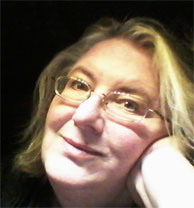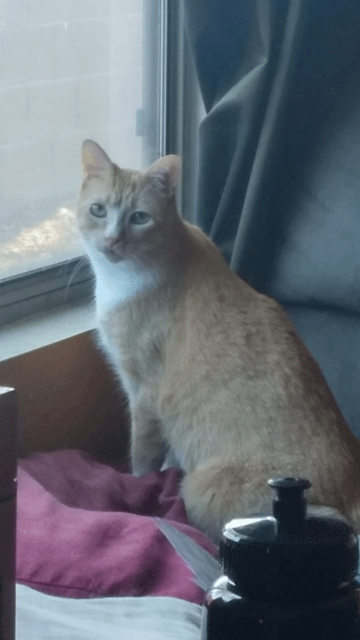
Lemon the cat at the window
The last weekend of May this year, I made a trip over to Phoenix, thanks to the generosity of a couple of friends there. They had offered to put me up for the duration of the Phoenix Comicon, and paid for my 4-day pass as well. It was good to get away from my usual routine and concerns. I hadn’t made that long a drive since my time in Oregon, and of course, I was driving into the Valley of the Sun, so it was much, much warmer than the Oregon trip.
Meeting With Friends
One of my hostesses was my friend Becca Hokans. She and I had become friends online on the Television Without Pity message boards, in the CSI forum. When Becca and her husband Tom got married in Las Vegas, a number of our little group from the forum made the trip to Vegas. It had been a while since I’d seen Becca and Tom (and their son Chris). I’d last visited them in 2010, near the end of my epic road trip that summer.
While with them, I got to know one of their cats, Lemon. She’s rather sociable, or at least she checks out all visitors into her territory. Their second cat, Shadow, is nowhere near as sociable – he remained out of sight during most of my visit.
It was good to talk about writing and other general topics with Becca. Not so much catching up, as we also maintain contact on Facebook, as just conversing.
Thursday at Phoenix Comicon
I had made the L.A. to Phoenix drive on Wednesday, so I was ready for the first day of the convention. However, I dawdled over conversation with Becca before driving to the Park-and-Ride location. It meant that by the time I had taken the light-rail train to the Convention Center, I was a bit late for the early programming. Which was unfortunate, as it meant that by the time I got through registration (picking up my badge), I’d missed the Spotlight panel on my friend James A. Owen.
I was able to catch up with James a bit later, however, as he did a presentation on doing a Kickstarter drive. I’ve heard others on the process of running a Kickstarter campaign, but it was good to hear him talk about where he felt he had mis-stepped. in particular, he mentioned how he’d found Heidi Berthiaume’s Kickstarter Companion very useful in organizing a crowdfunding drive. And afterward, we were able to have a few minutes of chit-chat. It had been quite some time since I’d last seen him in person.
From James’ presentation, I went on to one entitled “Fantasy Mapmaking.” Priscilla Spencer has made maps for a number of authors, like Jim Butcher and Kevin Hearne. She had gotten into the “business” of creating maps for fantasy authors by accident. But she had applied her lifelong love of maps to the activity. She described how she tries to match the style of map she creates to the nature of the stories they are for. I found the presentation very interesting, as I have a similar affection for maps. She gave me plenty to think about in relation to maps for fiction.
After that I went to a panel titled “Kick-ass Women of Mythology,” moderated by Scott Price, with Andy Adams, Joan Conrad, and Wendy Parks. I was curious about where the discussion would range. In the event, the talk mostly circled around figures from Greek, Roman, and Norse mythologies – with an occasional dash of Celtic thrown in. It was very lively give-and-take between the panelists and the audience.
I made a brief venture down to the Exhibit Hall, even though by this time my knees and feet were a bit tired of all the walking I’d been doing. I got as far as saying hello to my friend Travis Hanson at his booth.
But I was really tired, so I decided to head back – to the car and to Becca’s. That was when I learned that there had been an “incident” earlier in the day. A lone person had made an attempt to get into the convention with some real weapons, with the intent to attack police and an actor who was attending the convention. He’d been carrying three handguns, a shotgun, and a knife. The incident had consequences for the rest of the convention.
Friday at Phoenix Comicon
I tried to get rolling earlier on Friday than I had on Thursday, but I didn’t succeed. And when I got to the Convention Center, I discovered the consequences of the Thursday incident. One of the first things those running the convention did was put out a ban on all props for the cosplayers. They also tightened the security at the entrance to the convention, checking all bags. There was a lot of confusion and long lines, as this was a quickly-put-together solution to the security needs.

The long lines at the entrance of the Phoenix Comicon on Friday May 26, 2017
For me, with my stiff knees, hobbling along and finding incredibly long lines, none of which were clearly defined, it presented a great problem. I’ve been using a cane when doing a lot of walking lately, but the prospect of waiting and standing for what looked to be at least an hour was incredibly daunting. However, people were very kind to me and let me move ahead through the lines until I could find someone in authority. My shoulder bag was checked and I was let in. By this time it was 11:30.
Since I’d not really had much of a breakfast, I took the time to get something to eat. And then I went to a panel titled “Option My Book.”

The “Option My Book” panel at the Phoenix Comicon 2017
The panelists were Pierce Brown, Wesley Chu, V.E. Schwab, Terry Brooks, Weston Ochse, Michael McLean. They told the interested audience about their experiences with options on their own works. They also explained what “option” actually means in Hollywood: that the author will get some money out of it, but that the film or television project might never go in front of cameras. I expect that some of the details were a revelation to some aspiring writers in the audience. All in all, informative with dashes of humor.
From there I went on to a panel “Mythology and Gods in Fiction” with Brian McClellan, Bradley P. Beaulieu, V.E. Schwab, Katie Salidas, and Brent Weeks. The authors discussed their own uses of established mythologies and also the creation of their own mythologies. They then invited questions from audience. I was interested in what the aspiring writers in the audience had to ask, because after all, mythic motifs in writing is my thing. One in particular caught my attention: the questioner asked about gender swapping for things like divinities of the sun and moon (the sun is usually male, the moon female). This is actually something I address in The Scribbler’s Guide to the Land of Myth. The panelists sort of mumbled their way to saying “Try it!”
Thee wasn’t much else in programming for Friday that I wanted to attend, so I decided to visit the Exhibit Hall again. My first stop was at the booth for Offworld Designs. I’ve encountered them at other conventions and actually have some dragon t-shirts I got from them … ahem, at least a dozen years ago. I do need some new t-shirts, so I bought one (the limit of my spending money). Since I’ve recently done some academic editing, this design appealed to me.
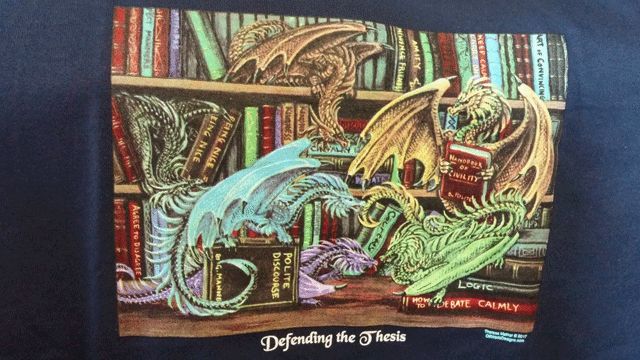
Then I stopped by to talk with Travis again. Travis is really one of the good people of the world. He had done the artwork for this year’s convention. After chatting with him, I went on to see Ethan Nicolle. I’d edited a manuscript for him last year, and asked how it was progressing. He said based on some feedback from a group of beta readers (that is, kids who are part of the target audience), he was doing some rewriting on it. When it finally hits print, it’s definitely going to be a fun read. I think went on to James Owen’s spot — but he wasn’t there. I’d forgotten that he’d posted earlier that he had to head back up to Taylor for his daughter Sophie’s graduation from high school. Good thing I’d already seen him.
Saturday at Phoenix Comicon
I packed up and said goodbye to Becca, Tom and Chris as I would be staying with Priti Sankhla for Saturday night. That put me a bit behind on my schedule for the day. I got to the Park-and-Ride lot, and the day was already rather hot. As I was approaching the light-rail platform, I observed someone’s discarded vinyl on the gravel by the entrance to the lot. It was definitely hot.
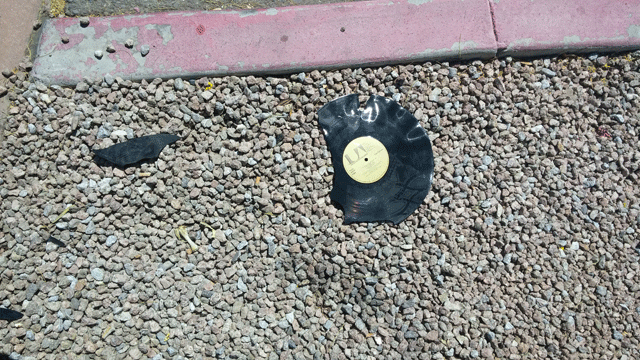
A melted Paul Anka album by a Phoenix Park-and-Ride lot.
The first panel I attended on Saturday, was one titled “All Things Steampunk.” The panel consisted of Kevin J. Anderson, Quincy J. Allen, Elizabeth Bear, Beth Cato, Jim Butcher, and Alan Smale.

The “All Things Steampunk” panel at Phoenix Comicon.
Since I haven’t really been into Steampunk as a literary genre (more because I just haven’t been reading as much fiction in recent years), I was very interested in the discussion. In the end, the general consensus seemed to be that steam itself wasn’t quite as crucial as the sense of wheels and gears and a Victorian-like atmosphere. Also, that steampunk science fiction was more “science fiction as it used to be” – like that written by Jules Vern or H.G. Wells, how they would have seen the future. All in all, it gave me food for thought.
The second panel I attended on Saturday was one titled “Copyright and Fan Art/Fiction.” Over recent years, I’ve learned a fair amount about copyright, thanks to Colleen Doran and my own entertainment attorney, Paul S. Levine. The speaker, Ruth Carter, spoke about how her interest in law had grown out of her interest in fan fiction and art. The key issue for fans, she observed, was that authors as holders of copyright, do have the right to approve or not fan fiction, because copyright covers the creation of “derivative works” spun from their works.
It had been quite a while since I’d done more than two days at a convention, so by the late afternoon, I was ready to wrap it up. I got back to my car and then drove across town to Priti’s.
This was actually our first in-person meeting. We’d become friends online through Becca. So we had a pleasant time learning more about each other. I appreciated her hospitality.
Sunday, there wasn’t any programming that really called for my attention, so I decided to forego a return to the convention. On Priti’s suggestion, I decided to make the drive back to L.A. on Sunday, as there were going to be so many people out on the road on Monday, heading home from their holidays. So I did set off on the long, hot drive. But I got back home about 8 p.m., after having made a few rest stops along the way. All it all, I really enjoyed the trip.


 It was also interesting to learn that the company works to be green and sustainable. By-products of the sugar processing are further directed toward power generation, to the point that the company’s mills sell power back to the state’s energy grid, rather than draw from it.
It was also interesting to learn that the company works to be green and sustainable. By-products of the sugar processing are further directed toward power generation, to the point that the company’s mills sell power back to the state’s energy grid, rather than draw from it.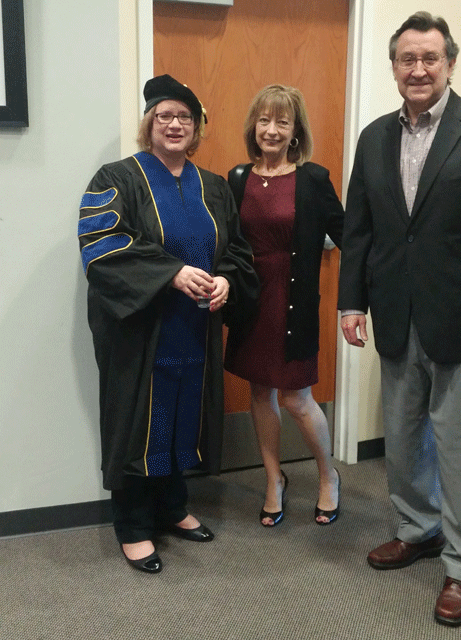
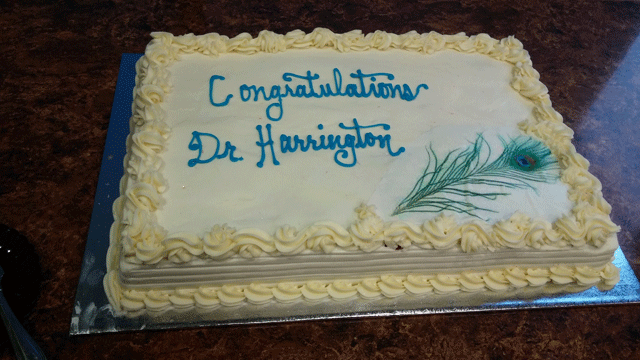 The reception was a pleasant gathering. Barbara gave a brief talk about her pursuit of the doctorate and what her thesis was. I was pleased to be there to help her celebrate this important professional milestone for her.
The reception was a pleasant gathering. Barbara gave a brief talk about her pursuit of the doctorate and what her thesis was. I was pleased to be there to help her celebrate this important professional milestone for her.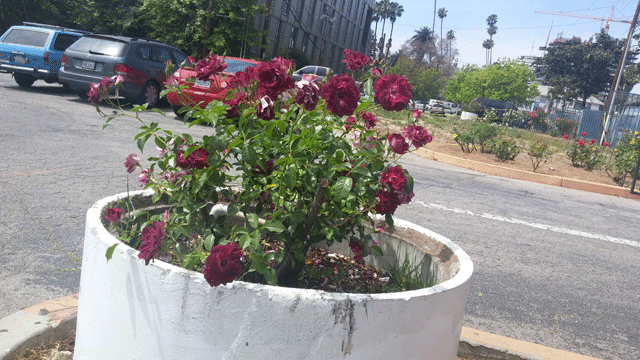 Nearby there were additional bushes, also past the most gorgeous point of their blooming, and yet their colors still caught the eye.
Nearby there were additional bushes, also past the most gorgeous point of their blooming, and yet their colors still caught the eye.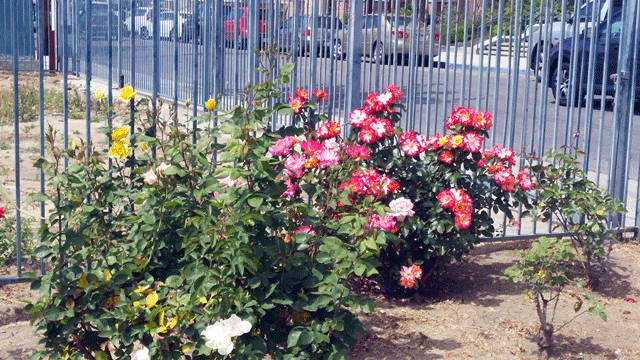 In Los Angeles, there are several types of trees that throw on a flowery garment during spring.
In Los Angeles, there are several types of trees that throw on a flowery garment during spring.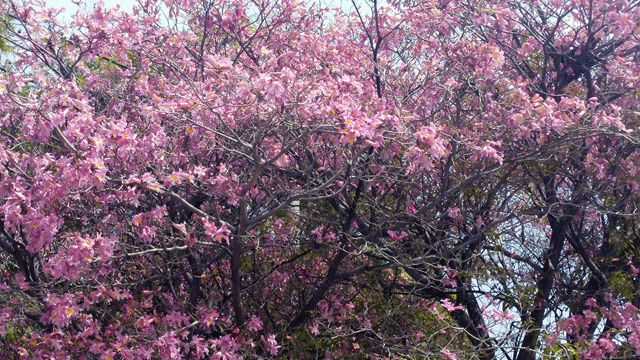 Back at the house where I’ve been staying, there are also a few flowers.
Back at the house where I’ve been staying, there are also a few flowers.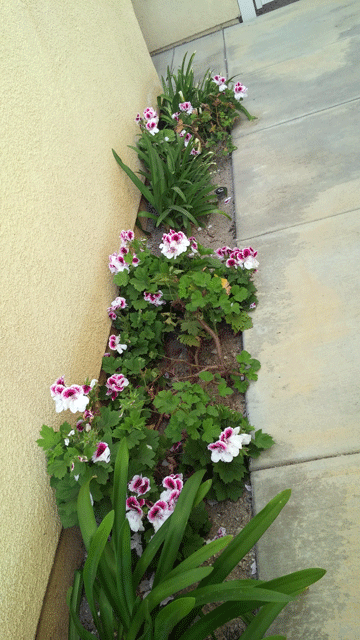 Along the wall of the house, beside the walkway, there are some very happily thriving pansies.
Along the wall of the house, beside the walkway, there are some very happily thriving pansies.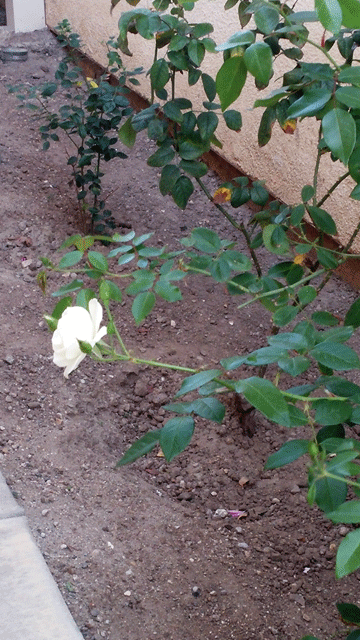 On the other side of the walkway, there’s a white rose. But I think it doesn’t get as much sunlight as the rosebushes at church get. Even so, the bobbing bloom was a pretty thing to meet.
On the other side of the walkway, there’s a white rose. But I think it doesn’t get as much sunlight as the rosebushes at church get. Even so, the bobbing bloom was a pretty thing to meet.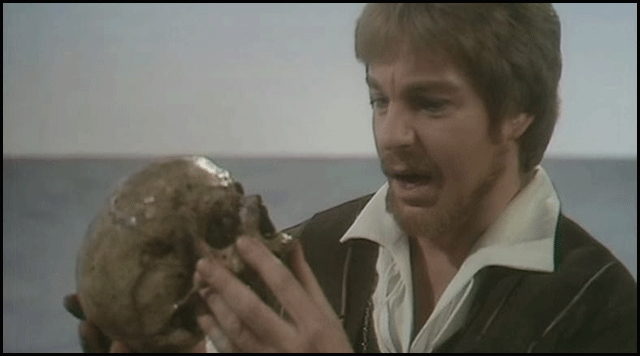
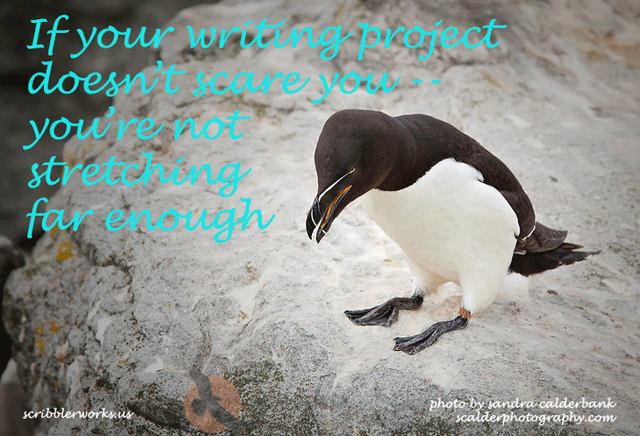
 I had been idly musing about a number of things: the Holy Trinity and the nature if infinity. And into those thoughts dropped the matter of pi, and its apparently never ending supply of decimal values.
I had been idly musing about a number of things: the Holy Trinity and the nature if infinity. And into those thoughts dropped the matter of pi, and its apparently never ending supply of decimal values.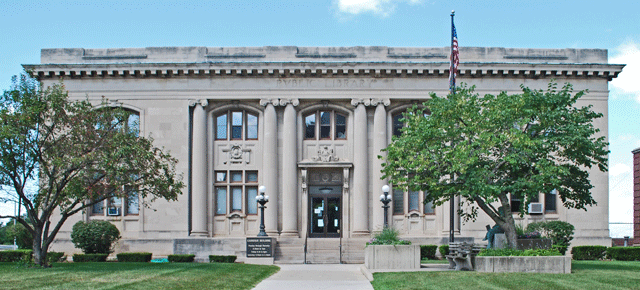
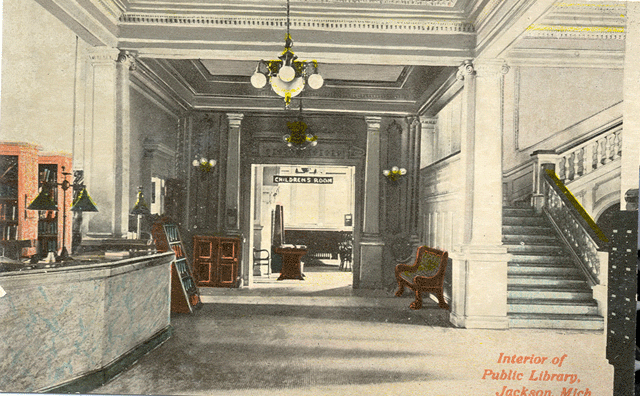
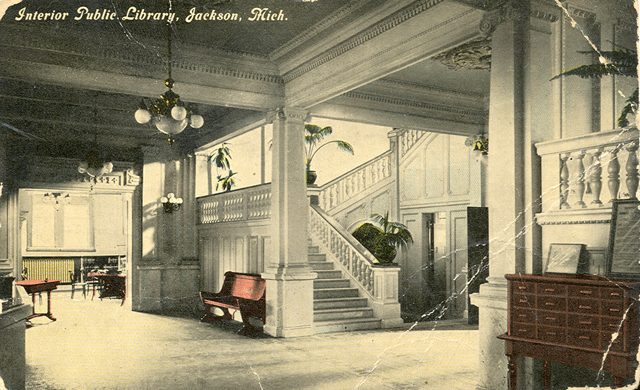
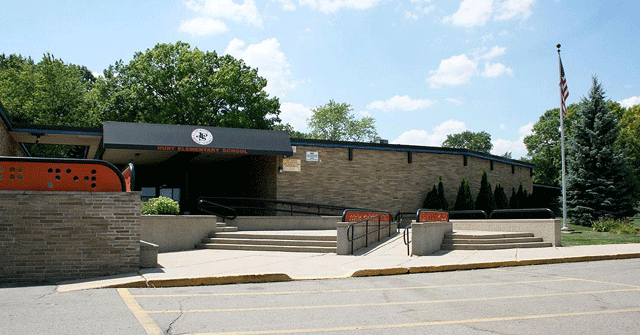
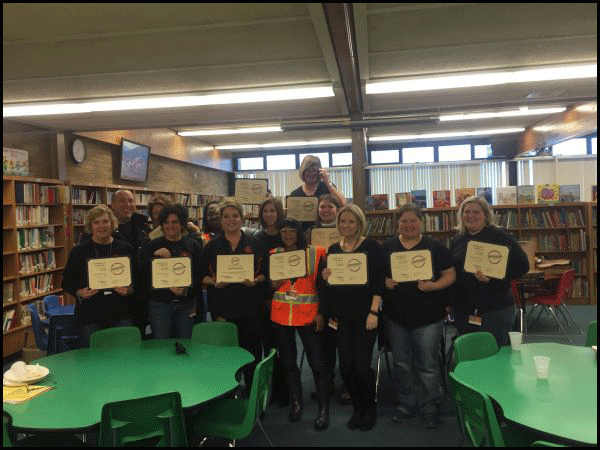
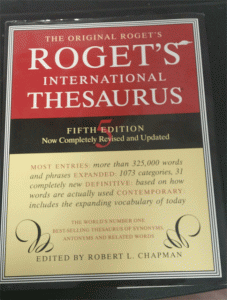
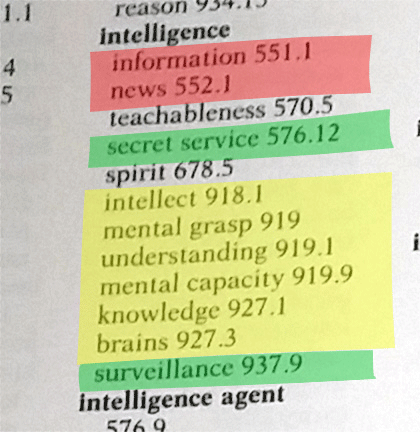
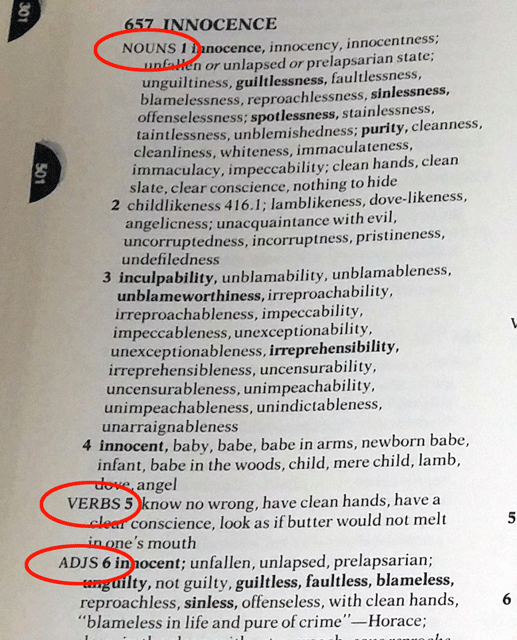
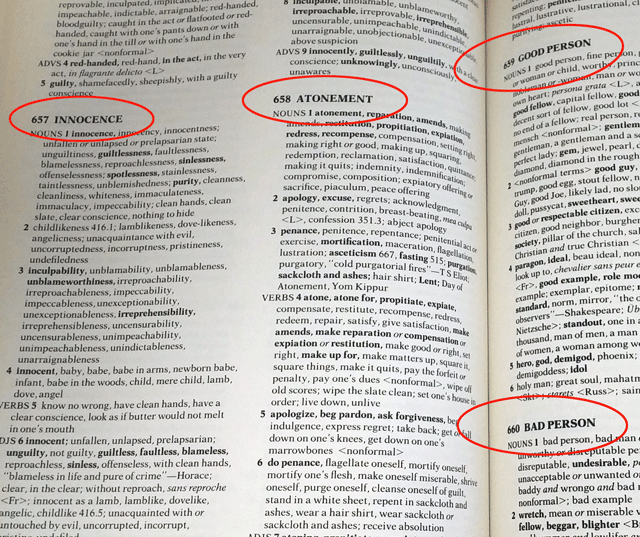
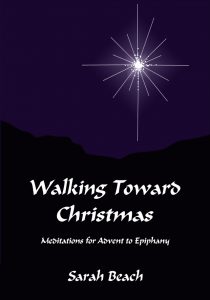 I spent some time a few years ago, writing an Advent devotional for myself. I had selected verses to take me from the beginning of the Advent season all the way to Epiphany. When I was growing up, in our house, the Christmas season lasted until January 6.
I spent some time a few years ago, writing an Advent devotional for myself. I had selected verses to take me from the beginning of the Advent season all the way to Epiphany. When I was growing up, in our house, the Christmas season lasted until January 6.